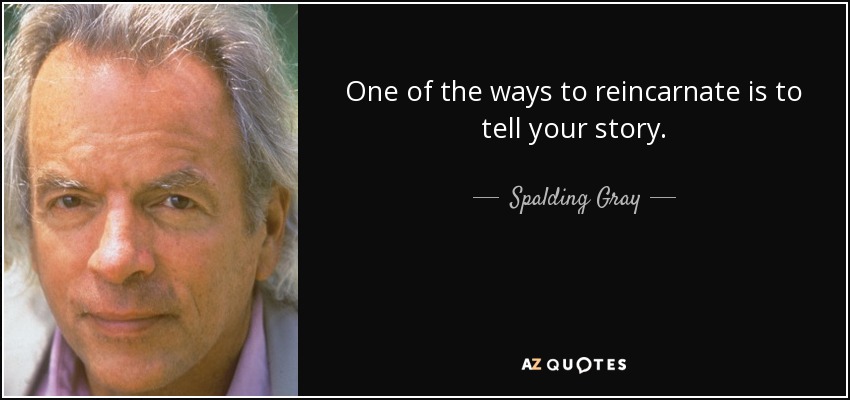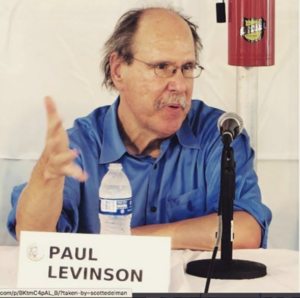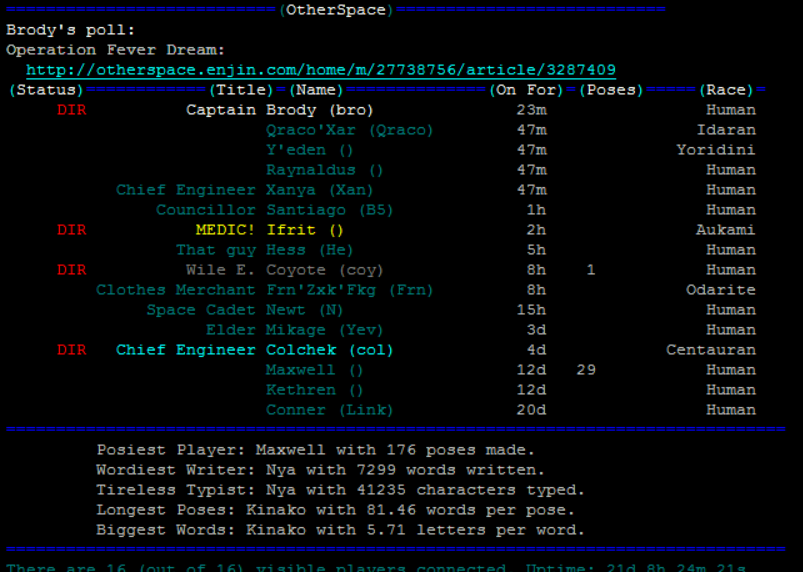This article appeared in The St. Petersburg Times in September 1992:
A year ago, Rick J. ate garbage from trash bins behind an Orlando shopping center.
A cocaine addict and alcoholic, the 44-year-old Melbourne man had abandoned his wife, kids and job with the Internal Revenue Service for a life of petty crime.
An embezzler and thief, he was sentenced to prison. Like other inmates now in the Brooksville Drug Treatment Center, he committed crimes to feed his addiction.
Now, using an innovative approach, officials hope to break this cycle of crime and addiction.
At the Brooksville center, and in a similar program in Gainesville, inmates spend four to six months dealing with addiction and learning to become productive. Inmates must apply for the program, a more extensive and personal alternative than is offered at most prisons, where inmates get only a few hours in counseling.
If inmates succeed, by adhering to strict codes of conduct, they can get an early release.
“If the state didn’t have a center like this, I don’t think I’d make it,” said Rick J. during a group session. “I would not learn how to live life on life’s terms.”
The Brooksville center took 13 months and $1.4-million to build. Run by the state Department of Corrections, it is offered to convicted drug offenders, burglars and thieves sentenced to five years or less in prison.
“President Bush and his drug czar have always focused on the supply side of the drug problem,” said Bill Young, the center’s assistant superintendent. “We’re trying to get at the demand.”
About 50 inmates are in the program, which has capacity for 230. More inmates are expected soon. During their stay, inmates attend Narcotics Anonymous and Alcoholics Anonymous meetings. They seek contacts in the community for employment prospects.
“I’m very confident the program will be a success,” Young said. “I think that when somebody is exposed to that kind of concentrated effort, it’s got to help. It can’t hurt.”
Meetings in the chapel
In a chain-link compound, with dormitories built by inmates, men in the program gather daily after sunup in the cramped chapel. Dressed in uniform white and black, they form a circle to sing a song and recite the Serenity Prayer.
In the chapel, with its paneled walls, buzzing fluorescent tubes and twin ceiling fans, six inmates from a “family” gather with their counselor to talk about where they have been and where they want to go.
Here, in these morning meetings, the men reach out again after years of self-imposed and, often, drug-induced, isolation.
“I’m a drug addict and alcoholic. They call it cross-addicted. Poly-addicted,” said Rick J. who, like other inmates, uses only a first name and last initial. The balding, bronze-skinned man from Melbourne led this particular meeting.
“I started using in ’63, when I was in high school,” he said. “From the very beginning, I couldn’t handle it. I used it as an escape. I didn’t feel there was any love in my family. There was just something missing at home that I thought other kids had.
“I ran from the feeling of not feeling love.”
Rick once lived in Las Vegas. He had a secure, stable job with the Internal Revenue Service. He got married and had two children. He was active in the Jaycees. He was also an addict.
“I allowed my addiction to steal my life away,” Rick said. “No matter how badly I wanted to keep those things, no matter how hard I tried, I just couldn’t do it. I alienated myself from my family. I abandoned my own children.”
Rick choked back a sob. A fellow inmate gave a comforting hug.
Now, in a state treatment center, Rick said he feels as if he finally is getting back on track.
`My family lost faith in me’
Robert C., once an ordained minister from Fort Pierce, says he was addicted to cocaine for the better part of a decade. A woman introduced him to the drug.
“Ever since that girl took advantage of me, I got hooked,” he said. “My family lost faith in me. I lost a $60,000 home. I lost my popularity in the community. I lost respect. My four sons gave up on me. They say, `My daddy’ll never get off the drugs. We don’t have no more dad.’ That hurt real bad.”
Robert said he committed crimes so he could go to jail and live off taxpayers. A jail counselor once told him rehabilitation would be a waste of time because he always went back to the streets. “It was like starting out all over again.”
Group counselor Richard Clancy interrupted.
He couldn’t take the “war stories” anymore because the inmates are supposed to be thinking ahead and focusing on positive topics.
“We really don’t tell war stories too much,” Clancy said. “Understand they get here, they’re angry; they’re p—ed. They don’t trust the counselors. They trust the guards. See, a guard can’t shame them, put them on a hot seat. These guys don’t know what the counselors are about. My job is, I’m a manipulator. I’ve got to get them doing positive things.”
The horror stories were supposed to be packed away early in the program.
“They need to know they’re worth saving,” Clancy said, gesturing at the inmates seated in the front pews. “They’re human beings, but right now they feel like a piece of s—. Here they learn to respect themselves. Out on the streets, it’s violent, hard. You don’t learn to respect yourself on the street.”
Sharing problems, praise
The inmates spend the first two weeks learning about the program and the recovery process. Counselors teach the differences between functional and dysfunctional behavior.
They impress upon the inmates the role substance abuse played in their troubles.
Then groups form, and inmates share their problems, offer praise and learn to control impulsive or over-emotional tendencies.
They eat the usual state prison fare: 2,600 calories a day in fruit, vegetables and low-cholesterol meat dishes. Physical fitness is promoted through weightlifting, softball, volleyball and horseshoes.
After 8 p.m., they are restricted to barracks-like dormitories, where they can watch television, play cards or board games, or talk in groups.
One goal is to ease the burden on crowded state prisons by rehabilitating minimum- and medium-security prisoners.
“A lot of these inmates have gotten slapped on the wrists and then all of a sudden they get a false sense of security and end up in Central Florida Reception,” where convicted felons in this area are first processed, said Young, the assistant superintendent. “I think we absolutely have to make an impact in a period of months, because they’re going to be back out again on the streets.
“If you don’t do something with them during the short time you’ve got them, if nothing is done, they’ll just be in and out.”





